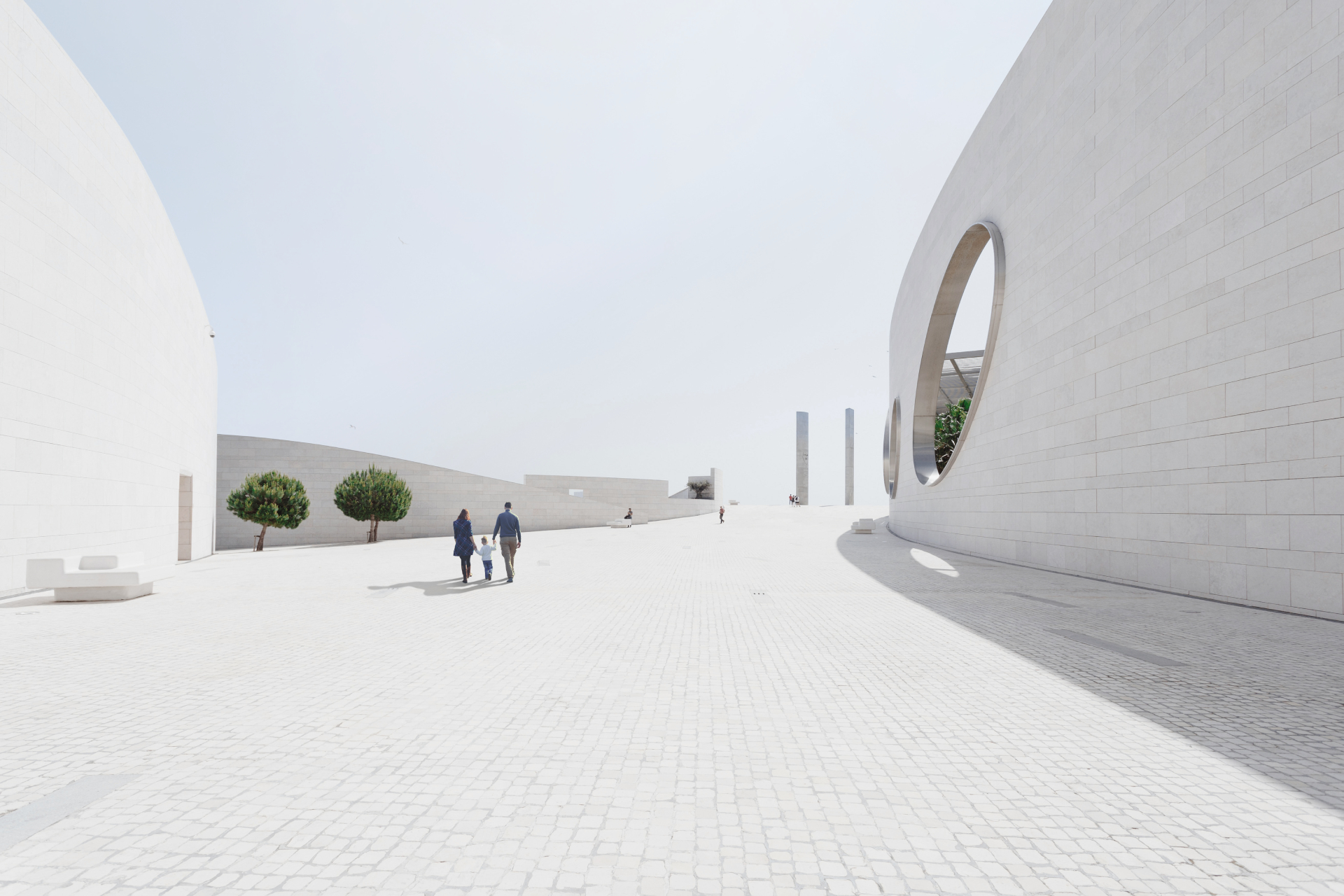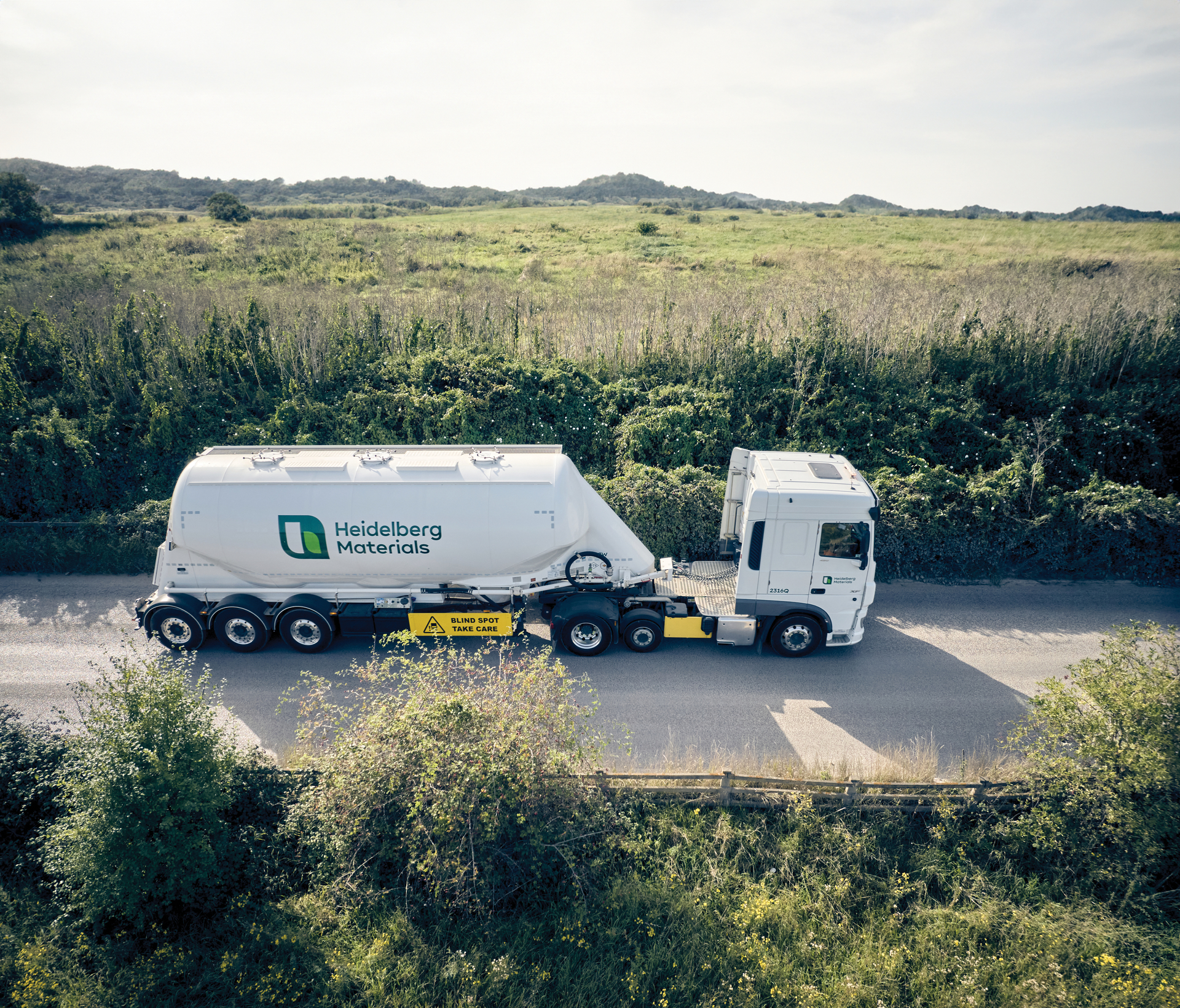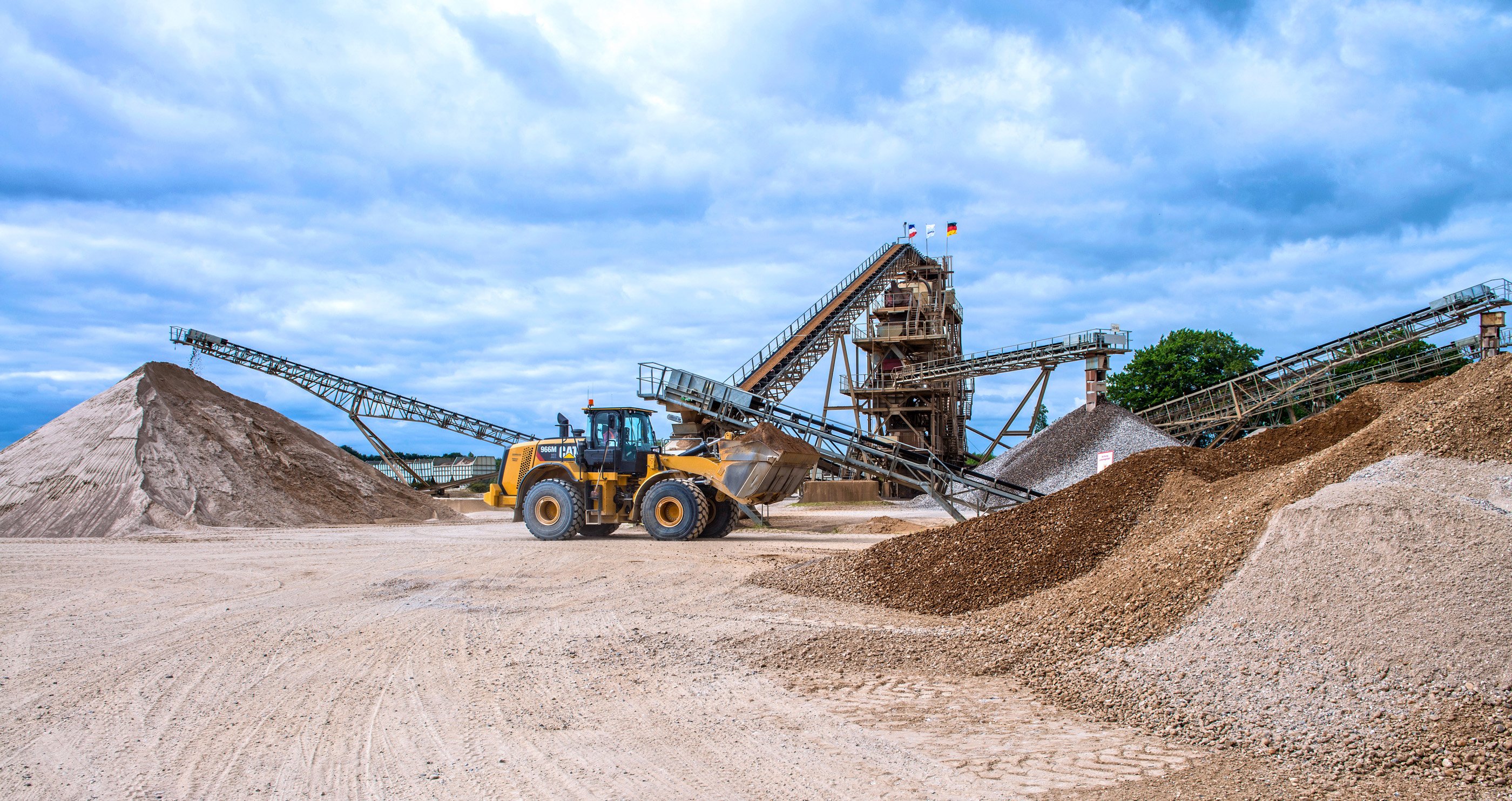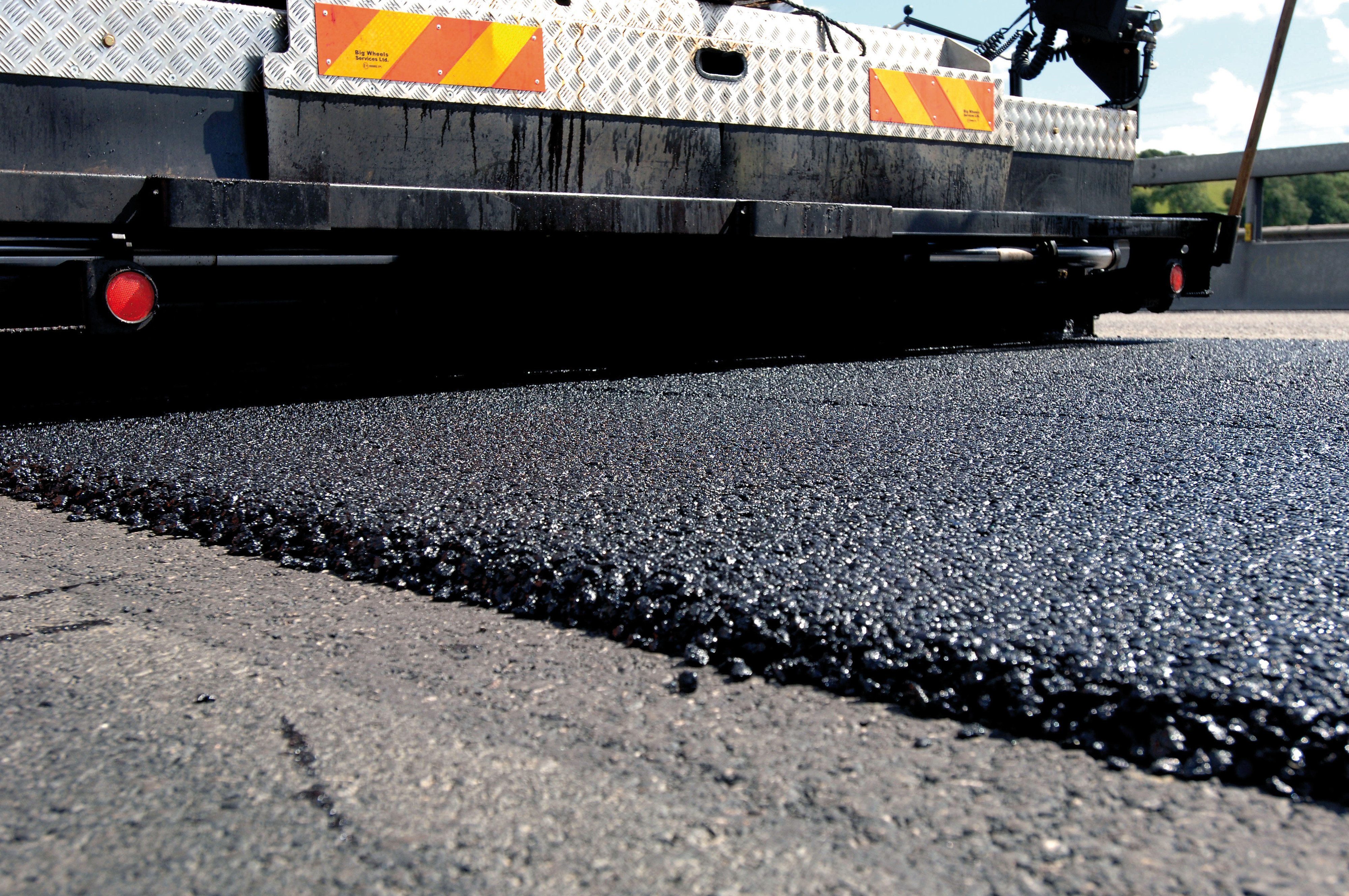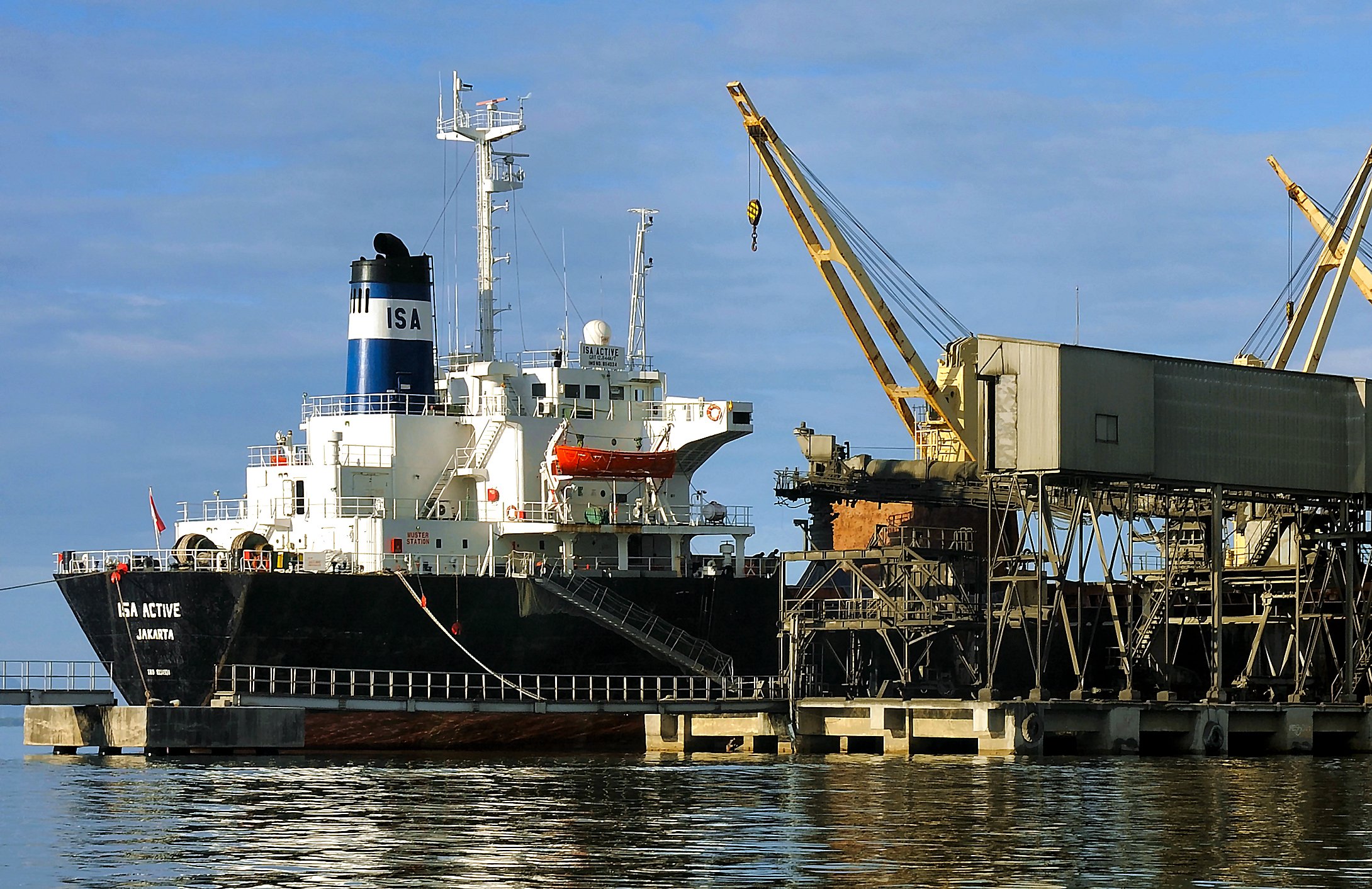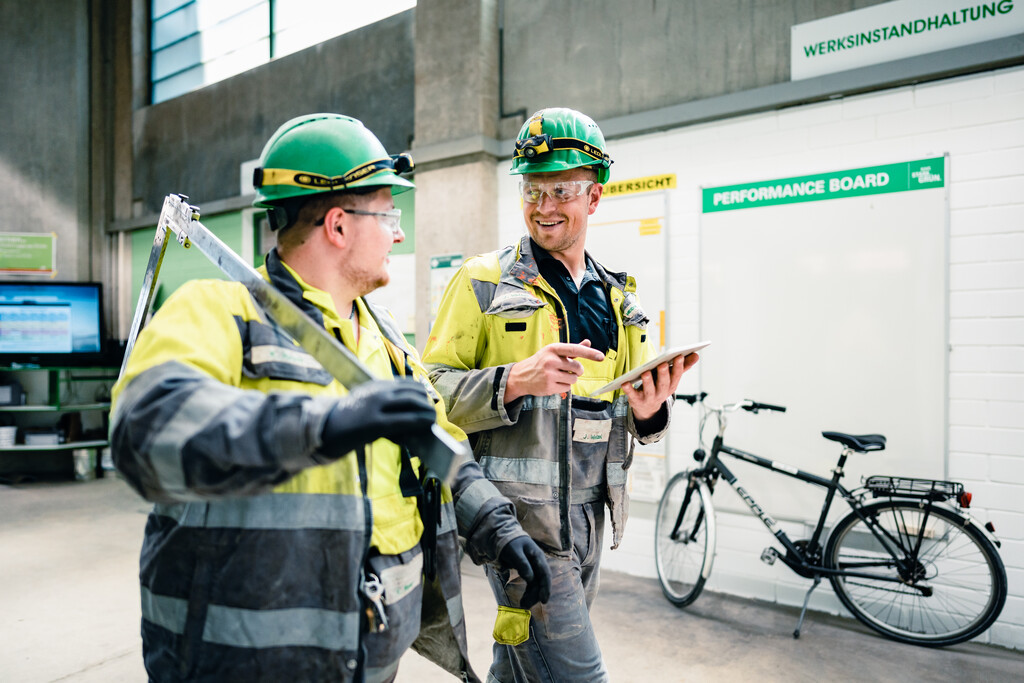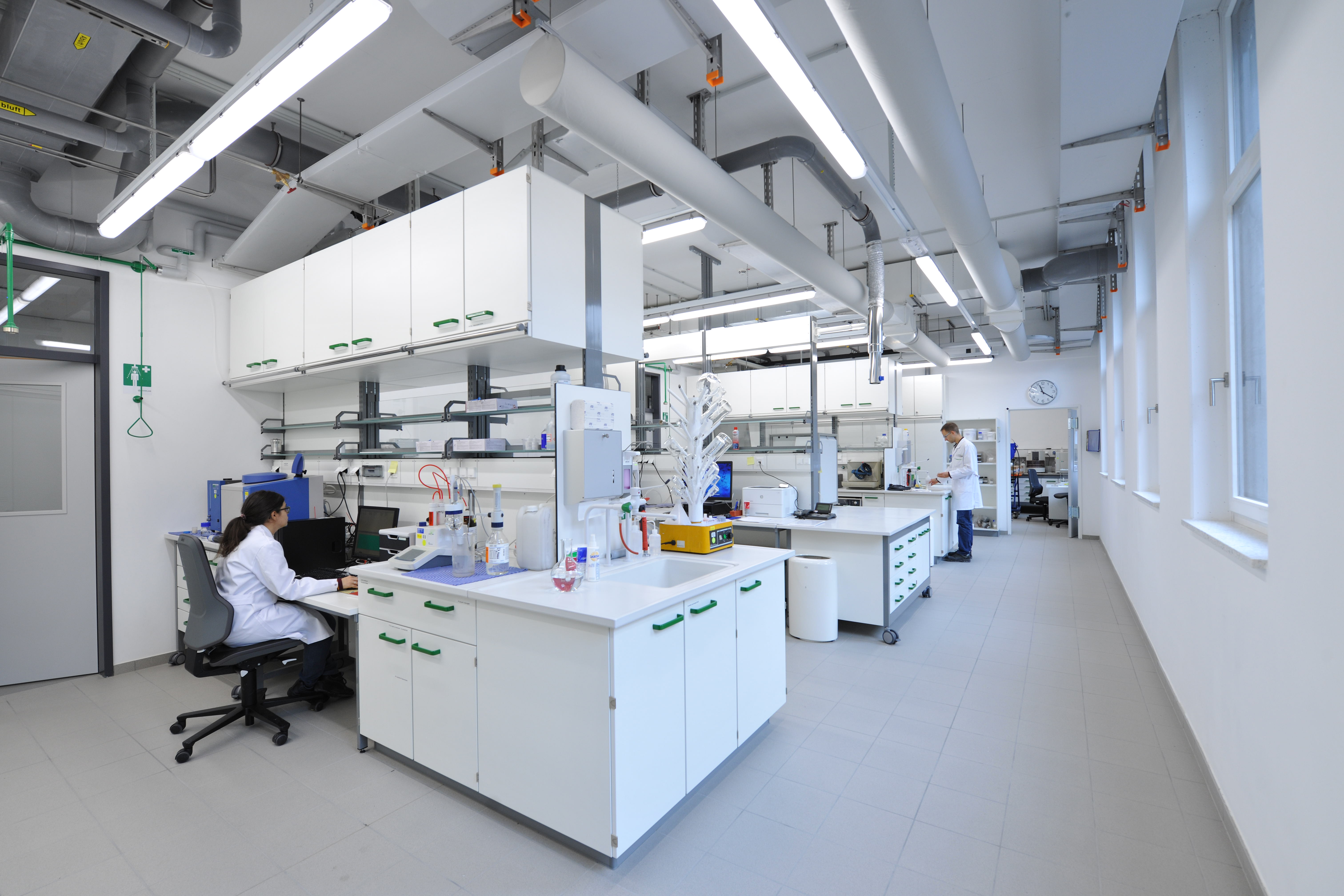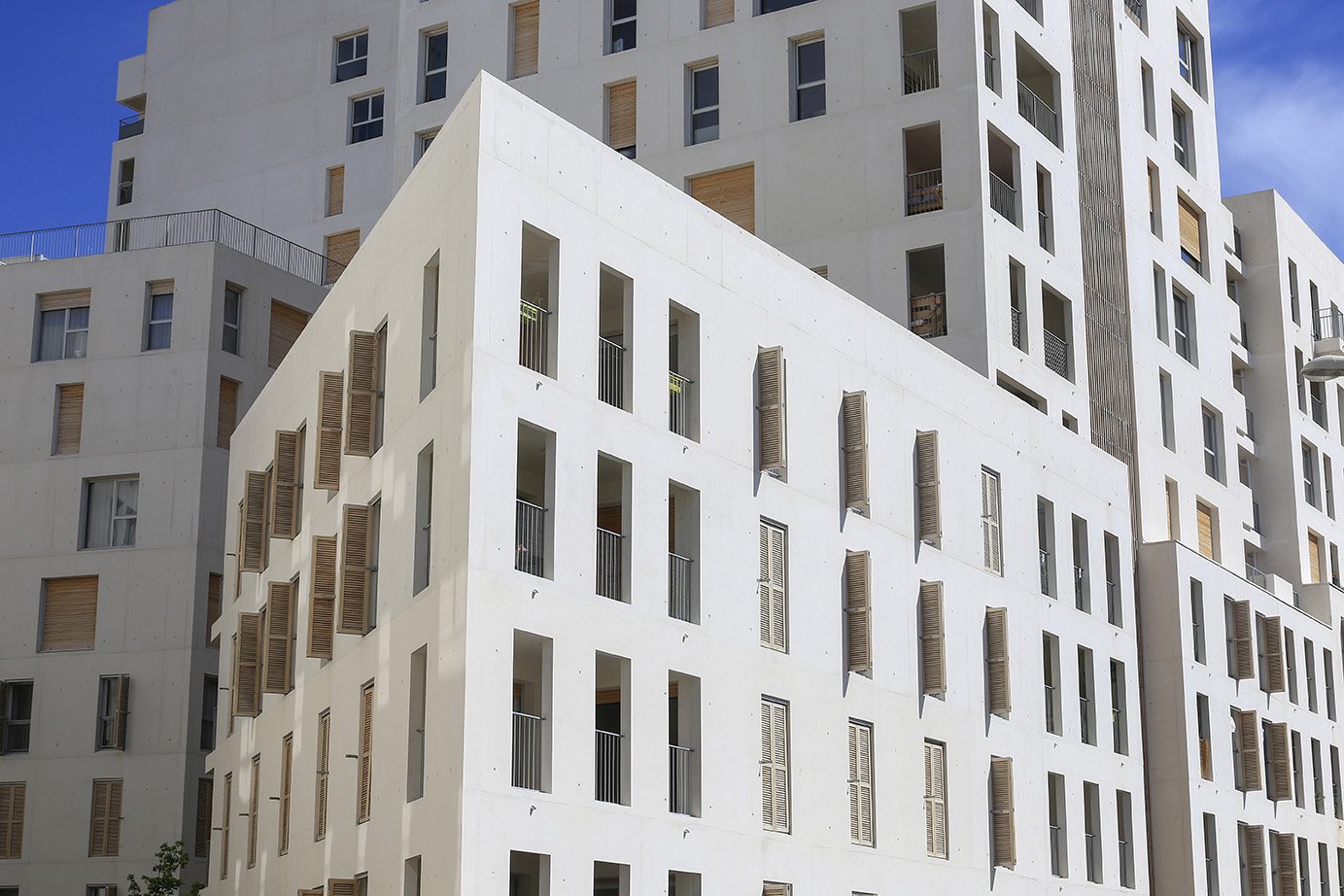Heidelberg Materials is one of the world’s largest building materials companies and operates on five continents. Our products are used for the construction of houses, infrastructure, and commercial and industrial facilities, thus meeting the demands of a growing world population for housing, mobility, and economic development.
Our core activities include the production and distribution of cement, aggregates, ready-mixed concrete, and asphalt. Furthermore, Heidelberg Materials offers services such as worldwide trading in cement and coal by sea.
Product range and vertical integration
Heidelberg Materials offers a wide range of high quality products. Alongside classical building materials, we produce special building products for diverse applications. Our core activities include the production and distribution of cement and aggregates, the two essential raw materials for the manufacture of concrete.
Our product range is substantially complemented by downstream ready-mixed concrete and asphalt activities. Furthermore, Heidelberg Materials offers services such as worldwide trading in cement and coal by sea.
This vertical integration strategy is one of our growth drivers. In future, we plan to further integrate our business activities in urban centres in particular.
Our core products cement and aggregates (sand, gravel, and crushed rock) are generally homogeneousbulk goods. Their product characteristics are standardised in order to ensure the required stability, reliability, and processability in the application.
Active in more than 50 countries
Due to the heavy weight of cement and aggregates compared with their price, production is usually located in close proximity to the sales markets. The cement transportation radius by road normally does not exceed 200 km.
The delivery radius for aggregates and ready-mixed concrete by road is less than 100 km. Consequently, we have local production sites in the more than 50 countries in which we offer building materials.
We currently operate 140 cement, grinding and GGBS plants (plus 20 as part of joint ventures), around 600 quarries and aggregate pits, and over 1,475 ready-mixed concrete production sites worldwide.
In total, the Group employs 51,000 people at around 2,700 locations on five continents. There are additionally almost 420 production sites belonging to joint ventures.
Development of cements with improved carbon footprint
The target of Heidelberg Materials' research and development activities is to generate added value for customers and the Group through innovative products as well as through process improvements and new formulations, while minimising the use of energy, CO₂ emissions, and hence costs.
Reducing the proportion of clinker in cement is the most important lever when it comes to minimising energy consumption and CO₂ emissions, and in preserving natural raw materials. In addition, we are developing entirely new kinds of binders that largely dispense with the use of conventional clinker altogether. We also work with processes to incorporate CO₂ in our products by means of carbonisation, which allows us to use building materials for CO₂ storage.



